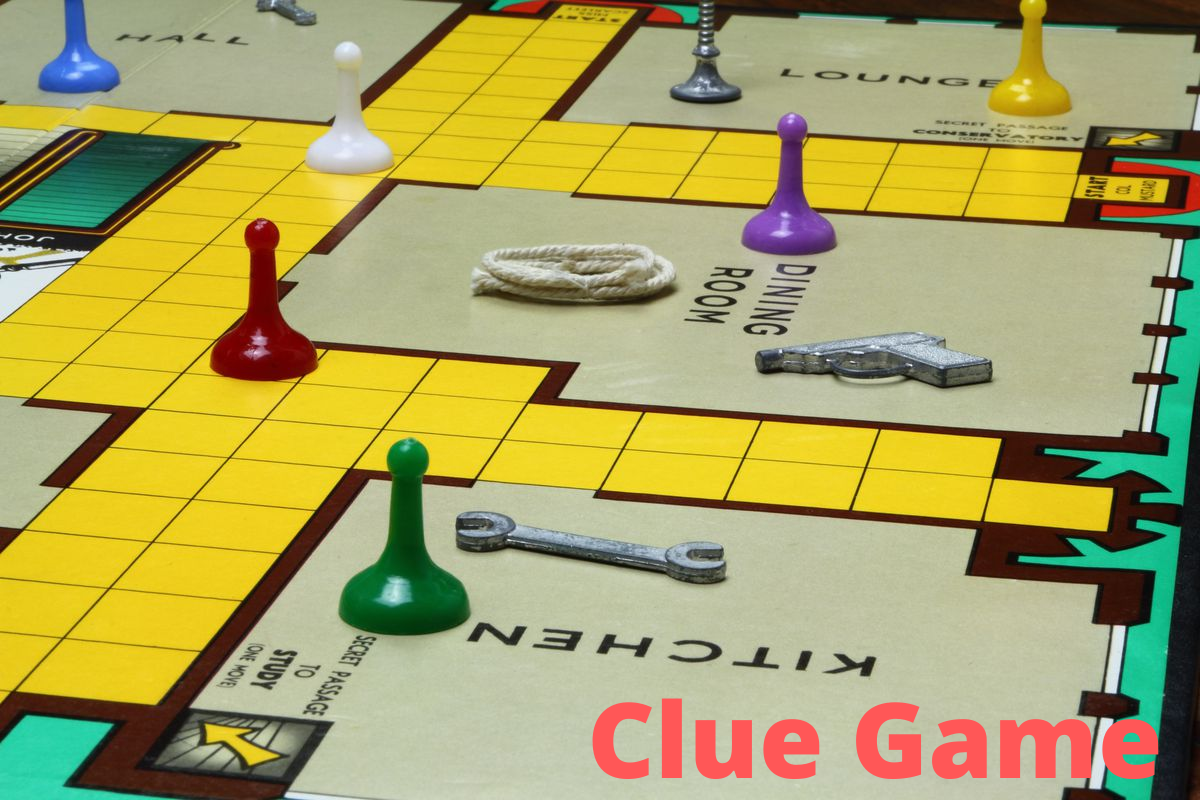What are your strengths and weaknesses in Clue? If so, finding out who killed Mr. Boddy, where he was killed, and how he was killed will win the game, so long as you know the answer to these questions. In addition, you’ll improve your deductive reasoning and logistical thinking abilities. Wink Murder is a similar game that doesn’t require any equipment, and it’s also free.
A traditional board game for players eight and above, Clue is a murder mystery. Gathering evidence for a murder investigation takes around an hour and requires three to six participants. It’s up to the winner to figure out which three cards are buried in the secret envelope that holds Mr. Boddy’s murder replies through the elimination procedure.
During the Second World War, the UK devised the game of Clue, which is sometimes referred to as Cluedo. The publisher rebranded it to Cluedo after it was first referred to as Murder (which includes the Latin word “ludo,” meaning “I play”). Renamed Clue, Parker Brothers licensed the game and renamed it.
To get the most out of the game, use the advice in this beginner’s guide, which contains a few winning strategies to keep in your back pocket.
Setting Up
Here are all the components you’ll need for the game:
- Clue game board
- 6 suspect tokens
- 6 murder weapons
- Dice
- Detective notebook
- Secrete envelope
- Room cards
- Weapon cards
- Character cards
Set up the game now that you have all of the necessary components. Each player takes turns rolling a die and moving an allotted token around the “mansion” and into different rooms. During the game, players engage in a variety of investigative tasks in an attempt to discover which three cards are concealed within the mysterious envelope. To begin, here are a few pointers:
Each participant chooses a piece of their character.
Sorting the cards by type is done by one person, and then the piles are shuffled face down.
A suspect card, a weapon card, and a room card are all shuffled into a hidden envelope by the shuffler without their knowledge.
As soon as all cards have been dealt, a new deck is shuffled and dealt clockwise to the remaining players.
Each room should have a murder weapon (some Clue games assign weapons to specific rooms).
Once you’ve done that, you’re ready to begin placing character pieces on the designated starting squares.
Basics of Moving the Pieces
There are several ways to gather the knowledge you need to win the game that isn’t covered in the official rules. However, here are a few of Clue’s rules to keep in mind as you move your pieces about the board. Keep an eye on the game’s progress by consulting this handy guide:
First, turn: In Clue, Miss Scarlet is usually the first character to go. Following the start of the game, players take turns clockwise around the table. If the player’s die comes up yellow or white, he or she must then move the playing piece accordingly (boards may have varying colored squares). The squares resemble the mansion’s “hallways.” To travel diagonally, players must move in one of two directions: horizontal or vertical.
When your piece moves into a room, you can offer questionable suggestions to acquire additional clues. It is possible to enter a room through a doorway if your dice roll results in you being able to access the room you desire. The game can be played by multiple people in the same location. Instead of rolling a die, players can enter a room via a secret entrance.

There are three methods for a player to leave a room. If you roll a six, you’ll be able to walk out a doorway. One of the hidden passages in the chamber will lead you out. It’s also possible that your piece will be moved to the room where Mr. Boddy is believed to have been killed if you are a suspect.
Basics of Suggesting a Suspect
By estimating the killer, weapon, and location of the crime, you can narrow the field of potential suspects in a crime scene. Suppose you’ve just walked into the lounge and are ready to make a prediction: “I suggest the crime was committed by Colonel Mustard, in the lounge, with a dagger” for example. Then, the murder weapon and the suspect’s name are transferred inside the room you’ve specified as the murder location.
The investigation begins now. Here are the basics of how to deal with a questionable idea:
By showing a card from their hand that fits a killer, weapon, or place, the person on your left must disprove your claim. To disprove your argument, the player can only reveal one or more of these cards. It is permitted for a player to show you more than one of the cards named.
That player must next try to disprove the notion by covertly presenting a card from their hand that matches your theory if they cannot do so themselves.
Until a player can discreetly show you a card to contradict your theory or until all players have had a chance, this obligation is passed clockwise.
If a player reveals a card, utilize your detective notebook to keep track of all the options. Players should not examine each other’s detective notebooks because they contain sensitive information that only the detective has access to.
Basics of Making an Accusation
As soon as you have eliminated all the erroneous alternatives and haven’t had your proposals disproved, you are ready to make a definitive charge. Make an allegation after your turn if you think you’ve figured out the case. When you’re ready to make an allegation, you can open the envelope and reveal your final guesses as to who committed the crime, what was used to commit it, and where it happened, all on the same card.
Once you’ve completed this step, you’re ready to peek at the three cards hidden inside the envelope. To show that you’ve won the game, turn the cards in the envelope face-up on the table after you’ve determined your prediction was correct.
However, if you’re wrong, you’re out of the game and you’re out of the tourney. When you’re done, you’ll place back the three cards into the murder envelope and not reveal them. In the game of Clue, if all but one of the players make an erroneous allegation, the last one standing wins.
Read also it:-


Leave a Reply